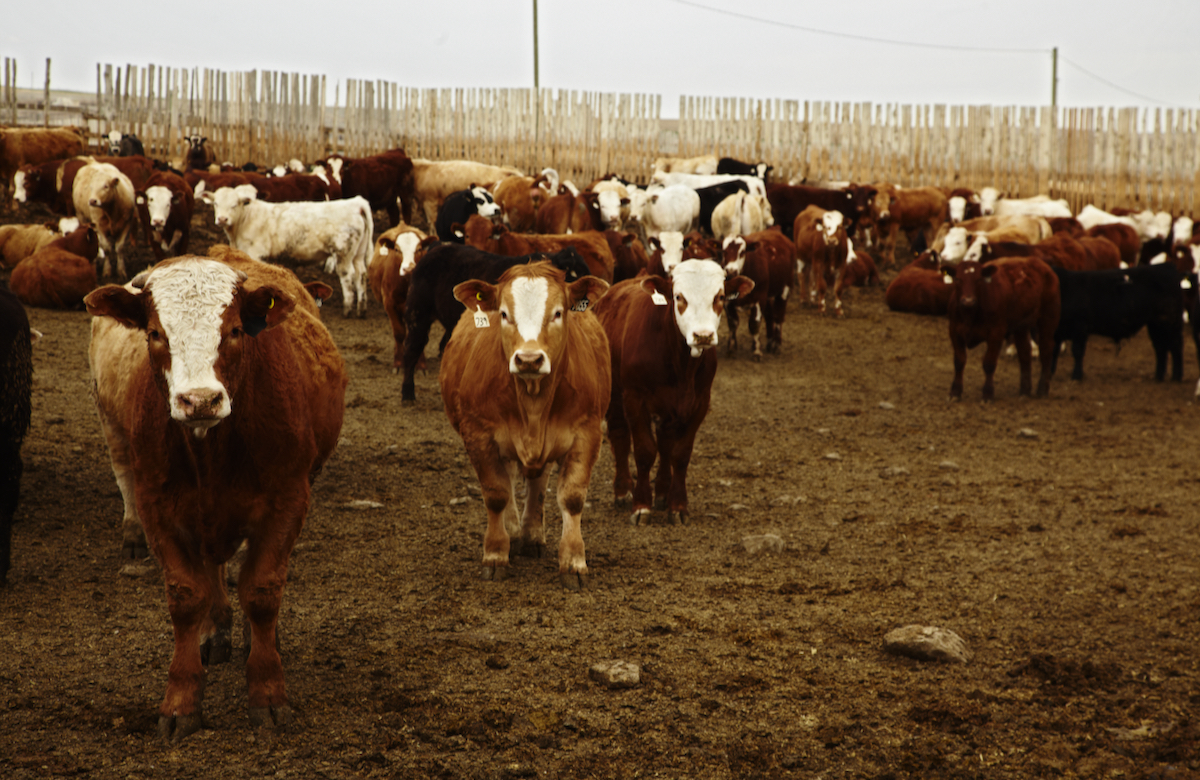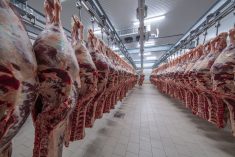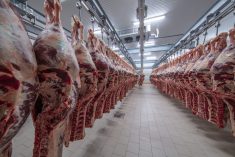Canadian consumers appear to be “slowly adapting” to increases in both retail and wholesale prices for chicken, according to a chicken market year-in-review report by the George Morris Centre.
The Guelph, Ont.-based farm think tank noted in its market review Wednesday that the 2007 average wholesale price for chicken is likely to hit a historical record and retail prices also rose, but per capita consumption rose during the summer months, indicating some acceptance by chicken consumers.
The composite wholesale price’s performance over January through November was 15.8 per cent higher than in the same period in 2006 and 11.2 per cent higher than the 2003-06 average year-to-date for that period. That compares with increases in the U.S. 2007 year-to-date composite price by 39.9 per cent and 14.4 per cent over 2006 and 2003-06, respectively. By year-end, the Canadian composite price is likely to outperform the 2004 level of $3.13 per kilogram, the centre expected.
Read Also

U.S. livestock: Cattle at fresh highs, hogs weaken
Cattle futures on the Chicago Mercantile Exchange climbed to fresh highs on Tuesday, as tight supplies and the ongoing closure…
The report by market analyst Kevin Grier and researcher Anatoliy Oginskyy also noted weekly wholesale prices were “relatively unstable” in 2007, dropping eight per cent over May and June, due in part to “significant changes in the domestic supply schedule.”
However, the report noted “similar” pricing patterns in U.S. markets, suggesting U.S. chicken pricing and feed grain pricing continue to play a big role in Canada.
Retail
Retail prices also rose, though not as dramatically as wholesale prices, in the same period, the centre’s review noted. The chicken cost-price index (CPI) from January through October 2007 rose eight per cent compared to 2006, while the meat CPI rose by 2.4 per cent and the food CPI, by 2.9 per cent.
Despite the price increase, aggregate chicken consumption also rose by 0.6 per cent in 2007 over 2006. On the other hand, per capita consumption in 2007 should show a slight drop, seeing as Canada’s population rose 0.9 per cent over that time.
But that drop in per capita consumption came mostly in the first half of the year, Grier and Oginskyy noted. In the May-September period, per capita consumption rose by one to five per cent, which “seems to indicate that the consumer is slowly adapting the new prices.”
The U.S., meanwhile, expects some decrease in chicken consumption. USDA’s figures for chicken per-capita consumption are expected to drop about 2.2 per cent compared to 2006, while pork consumption is expected to be up 2.8 per cent.
Canada’s total chicken supply recovered in the January-October period from a “significant decline” in the second half of 2006, but was still 0.5 per cent lower than the 2006 year-to-date level. The centre viewed the recovery as “mostly the result of an increase in both domestic production and chicken imports.”
Overall, the chicken market settled into a “relatively stable” state in the latter half of 2007, the report said, but whether prices will stay at their current plateau into 2008 will depend on factors such as domestic supply decisions and the level of stability in North American grain and feed markets.











